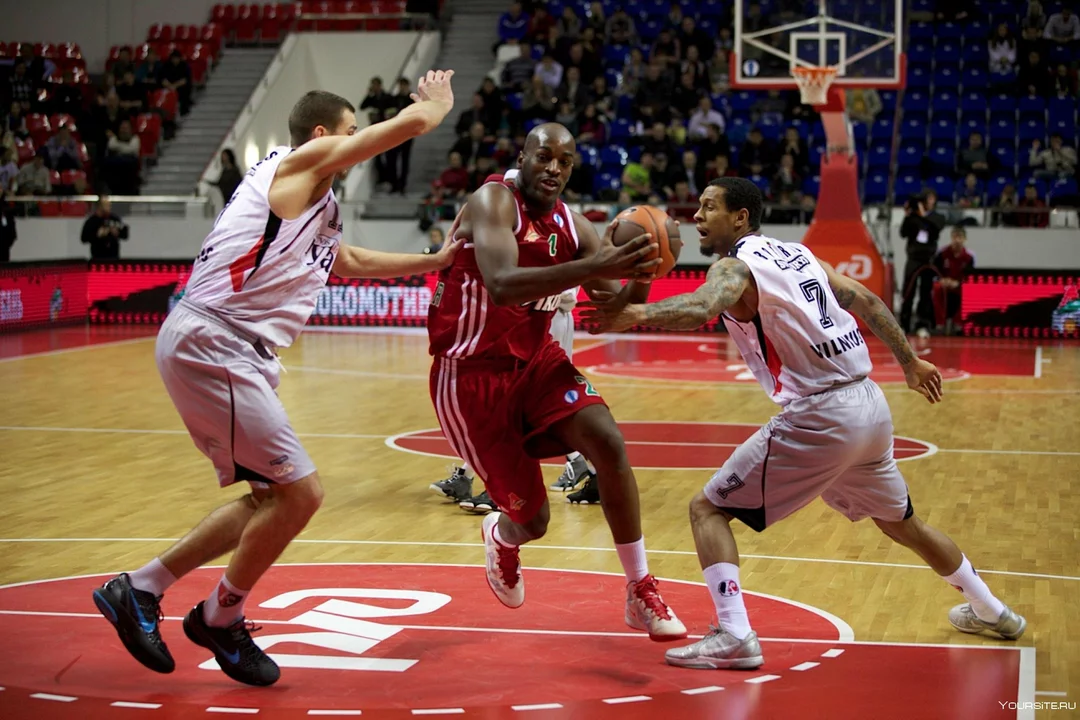Why Small Teams Are a Game‑Changer for Basketball Players
If you’ve ever felt stuck in a big‑group practice, you’ve probably missed out on the magic of small‑team basketball. When you shrink the squad to three‑on‑three or four‑on‑four, every player gets more touches, more decisions, and more chances to learn. That extra involvement speeds up skill growth and makes the game feel more personal. In short, small teams turn a regular practice into a high‑intensity learning lab.
Setting Up the Perfect Small‑Team Session
First thing you need is a clear space. A half‑court works fine for 3‑on‑3; a full court is great for 4‑on‑4 if you have enough players. Keep the roster tight – 6‑8 players is ideal so you can rotate without waiting too long. Assign each player a simple role (ball handler, cutter, defender) and swap roles every few minutes. This rotation forces everyone to try new positions and stay alert.
Next, decide on a goal for the session. Do you want to improve shooting under pressure? Focus on quick‑fire transition drills. Want better defense? Run 2‑on‑2 close‑out drills with a half‑court press. Having a single objective keeps the practice tight and makes progress easy to track.
Best Drills for Small‑Team Development
1. 3‑on‑3 Half‑Court Scrimmage – Play a normal game but stop after each basket to discuss one thing that went right and one thing to fix. The short pauses keep the intensity high and give instant feedback.
2. 4‑Man “5‑Second” Passing – Form a square, pass the ball around while a defender tries to intercept. Each pass must be made within five seconds. This drill sharpens quick decision‑making and improves spacing.
3. Pick‑and‑Roll Relay – Pair up players, have one set a screen while the other cuts to the basket, then reverse. Time each round and push for faster execution. The drill builds chemistry and teaches proper screen technique.
Mix these drills into a 60‑minute session: warm‑up (10 min), drill rotation (40 min), cool‑down discussion (10 min). You’ll notice players getting better at reading the game and making smarter moves.
Small teams also make coaching easier. With fewer players, you can give individual feedback on the spot, correct mistakes before they become habits, and keep the energy high. Parents and teammates love the fast pace because it feels like a real game, not a chore.
Finally, remember that consistency beats intensity. Running a 30‑minute small‑team session twice a week will do more for skill development than a single hour of full‑court drills every month. Keep the schedule simple, stick to it, and watch confidence rise across the board.
Ready to try it? Grab a ball, round up a few friends, and set up a quick 3‑on‑3 game after school. You’ll see faster improvement, more fun, and players who actually want to come back for the next session.
